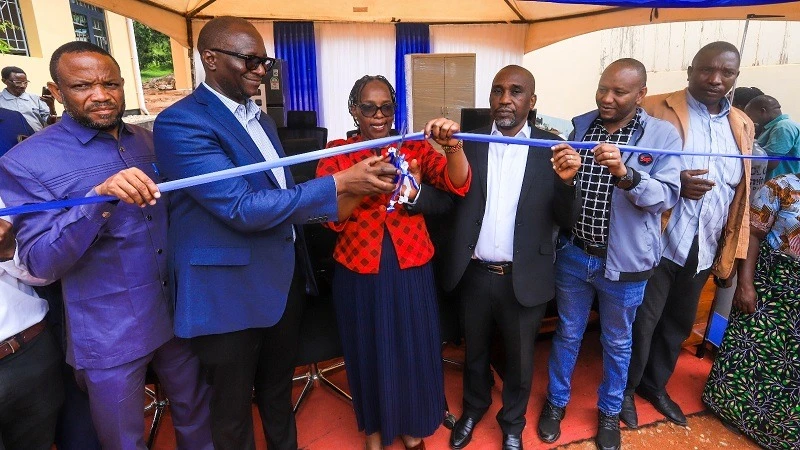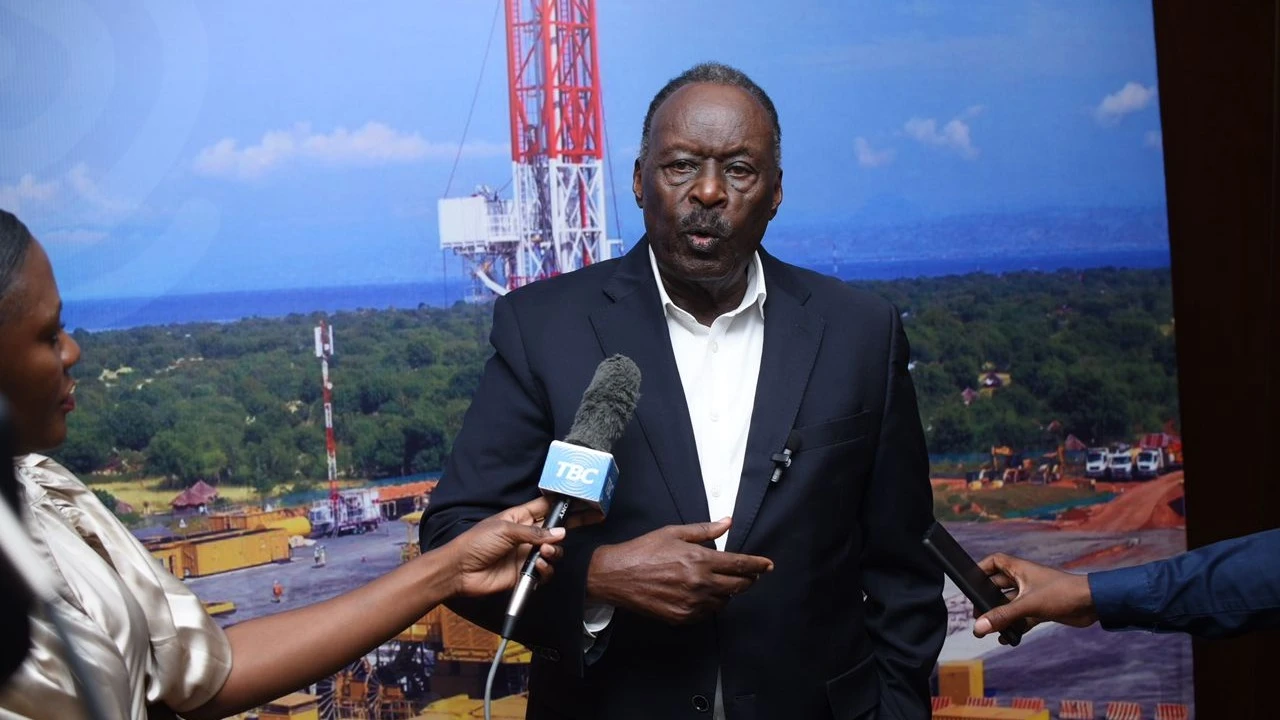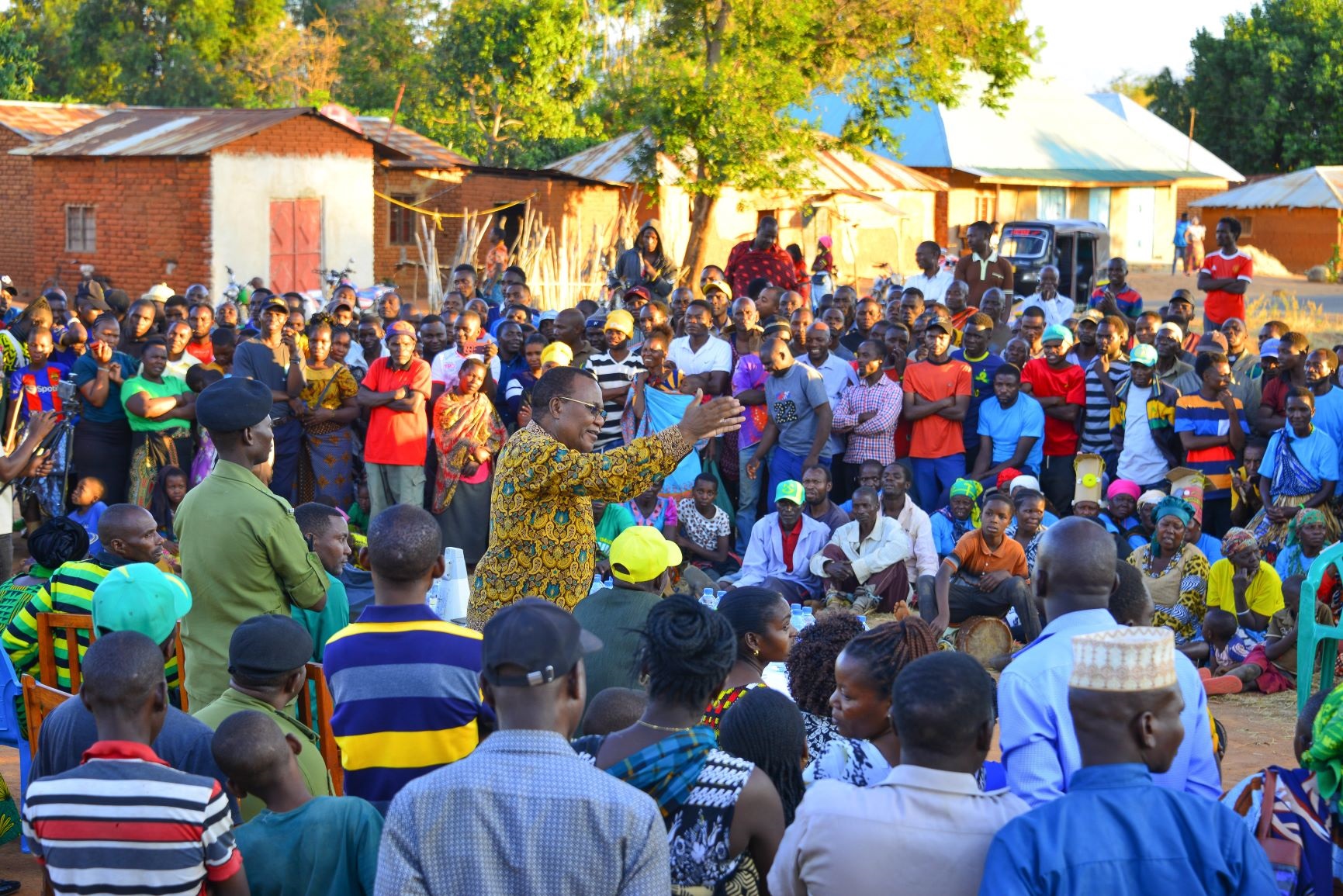Floods claim 155 lives, with 10,000 houses for 51,000 families collapsing

DEATHS caused by ongoing rains in the country have reached 155 with 236 injured as 10,000 houses have been destroyed and 51,000 households affected.
Prime Minister Kassim Majaliwa made this affirmation in the legislature yesterday when delivering an update on the ongoing rains during spot question hour to the PM.
Damaged infrastructure includes schools, health centres and roads, with vast farm acreages swept by flooded rivers and occasional drainage torrents, he said.
Notably affected areas include Rufiji, Kibiti (Coast Region), as well as Malinyi, Mlimba, Kilosa, Morogoro municipality and Ifakara in Morogoro Region, he said.
Other areas experiencing heavy flooding include parts of the city of Dar es Salaam in Ilala, Kinondoni, Ubungo, Kigamboni and Temeke, along with parts of Kilimanjaro Region, namely in Same, Hai and Moshi municipality and rural environment, he stated.
He similarly cited Mbarali, Kyela and Mbeya city area in Mbeya Region, alongside Ujiji municipality and Kakonko in Kigoma Region, visited by spasms of destructive torrents of water.
Equally affected areas are found in Iringa Rural District, Tabora municipality, Bahi District in Dodoma Region, as well as Lindi municipality, Kilwa, Liwale and Nachingwea in Lindi Region.
Yet others cited in the flooding are Masasi (Mtwara Region) and Arusha urban area, Monduli and Karatu in Arusha Region. In addition there is vast damage in Muleba District and Bukoba municipality in Kagera Region.
Numerous spots are also flooded in Shinyanga, Geita, Nyang’hwale and Chato also in the Lake Zone, as well as Mbozi and Momba in Songwe Region, Nkasi, Sumbawanga and Kalambo in Rukwa Region together with Hanang’ in Manyara Region.
Heavier rains this season arise from a global rise in temperatures during the past year, he said, citing an assessment by the World Meteorological Organization (WMO). It showed that the average increase in temperature for the past year was 1.4 degrees Celsius, recorded as the hottest year in global weather history.
Tanzania registered a 1.0 degree Celsius during 2023, similarly a record, occasioning the heavy rains from October to December 2023, with an additional rainy season from March to May, meanwhile as the intervening months also experienced heavy bouts of rainfall in various areas.
The government was taking preventive, adaptive and restorative actions first in relation to public awareness to avoid flooding effects, while responding to disasters and restoring damaged infrastructure.
In responding to disasters, the government has moved to provide humanitarian aid including food, tents and construction materials, he said.
The government is prepared to take appropriate measures to reduce the severity of disasters and restore the situation in affected areas, he said.
The government prepared a national emergency plan to handle the effects of El Nino rains as predicted by weather agencies from September 2023 to June 2024, focusing attention on 14 regions that were more visibly at risk.
Government agencies need to reach out to people affected by the floods, to work with district level and regional disaster committees, he added.
Top Headlines
© 2024 IPPMEDIA.COM. ALL RIGHTS RESERVED






















